Flying at Hypersonic Speeds: How Fast is the Fastest Jet in the World?
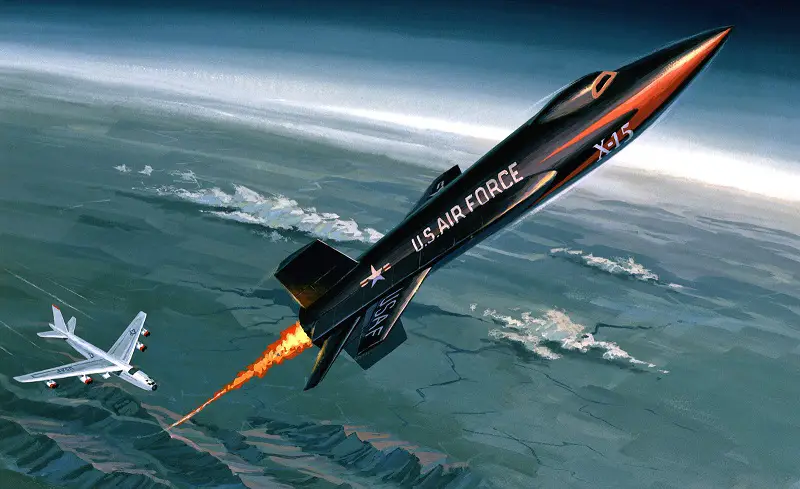
Since the Wright brothers’ first flight at Kitty Hawk in 1903, jets have gone a long way.

Today, jets can fly faster than the speed of sound, with some even reaching hypersonic speeds. In this post, we will look at the world’s fastest jet and its capabilities.
The Fastest Jet in the World
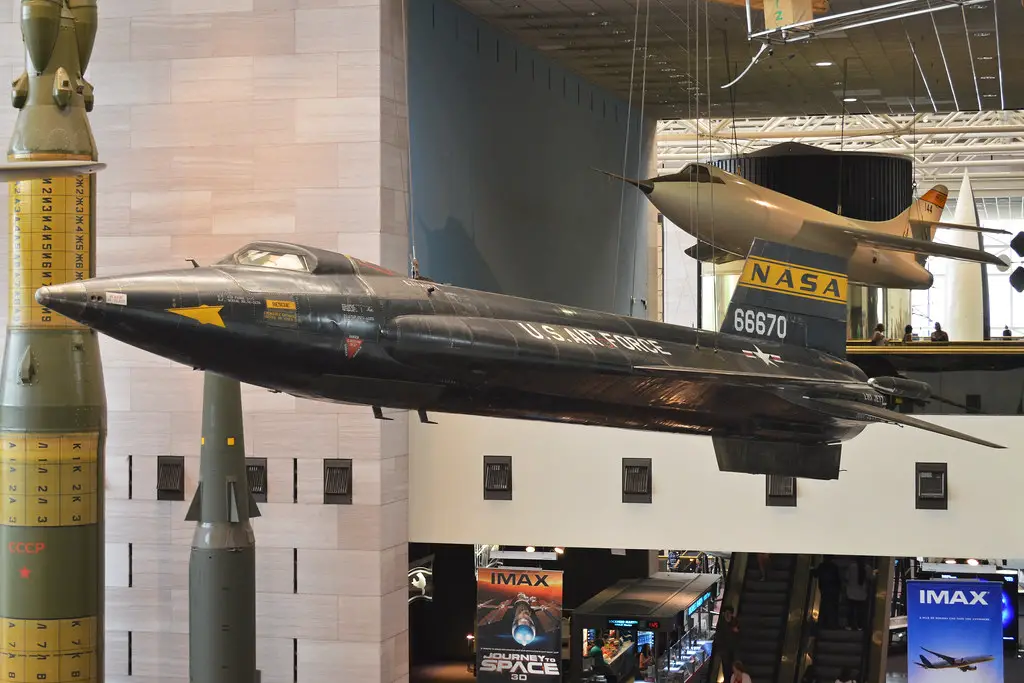
How fast is the Fastest Jet in the World?
The North American X-15, an experimental rocket-powered aircraft designed in the late 1950s, is the world’s fastest jet. The X-15 was capable of reaching speeds of up to 4,520 miles per hour (7,274 kilometers per hour), or roughly seven times the speed of sound.
Its purpose was to investigate the prospects of hypersonic flight and collect data on the consequences of high-speed flight on the human body.
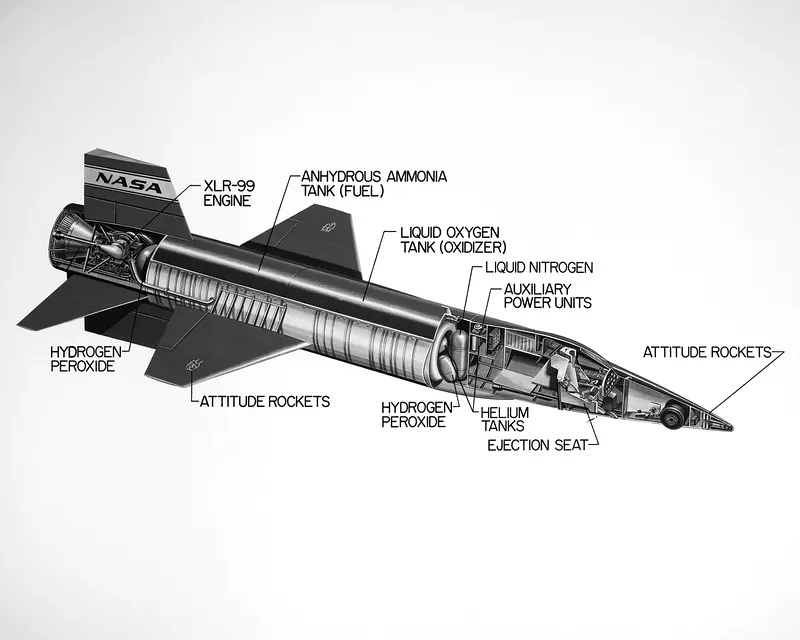
The X-15 was launched from a B-52 bomber at 45,000 feet (13,700 meters) and then fired its rocket engine to achieve hypersonic speeds.
It was piloted by a small number of test pilots who had been trained to deal with the harsh conditions of high-speed flying. Between 1959 and 1968, the X-15 flew 199 times and set numerous speed and altitude records.
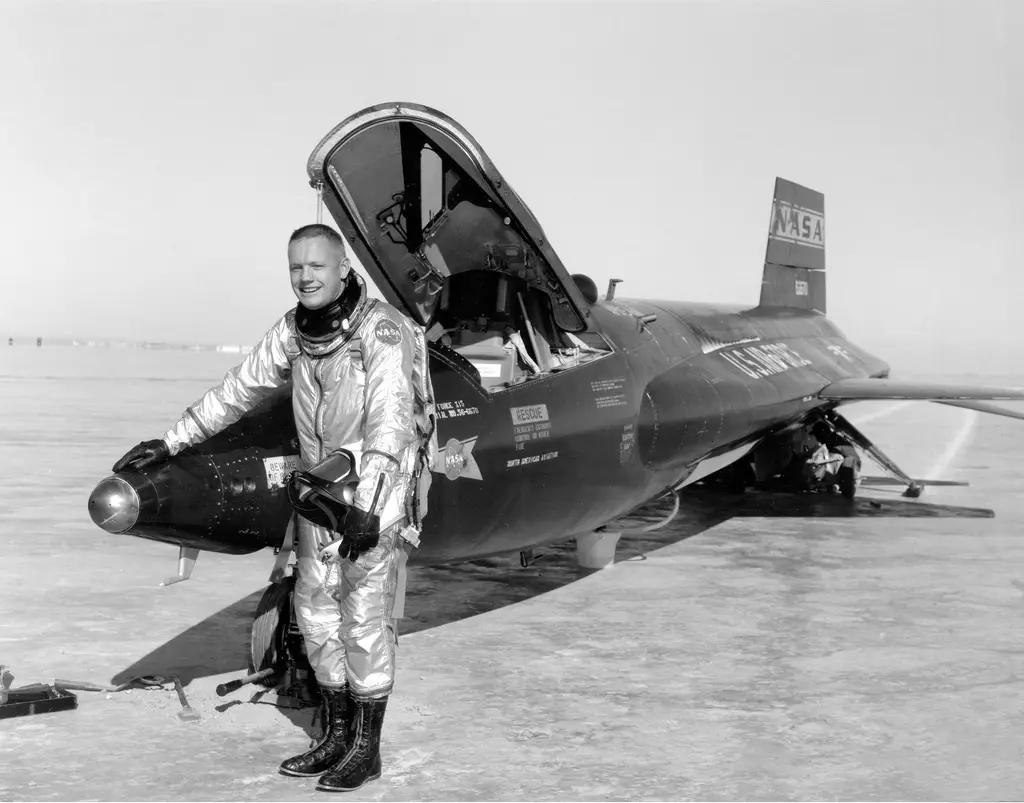
Fastest military or commercial aviation Jets in the World
Although the X-15 was an experimental aircraft that was never employed in military or commercial aviation, other jets that can fly at high speeds exist.
Lockheed SR-71 Blackbird
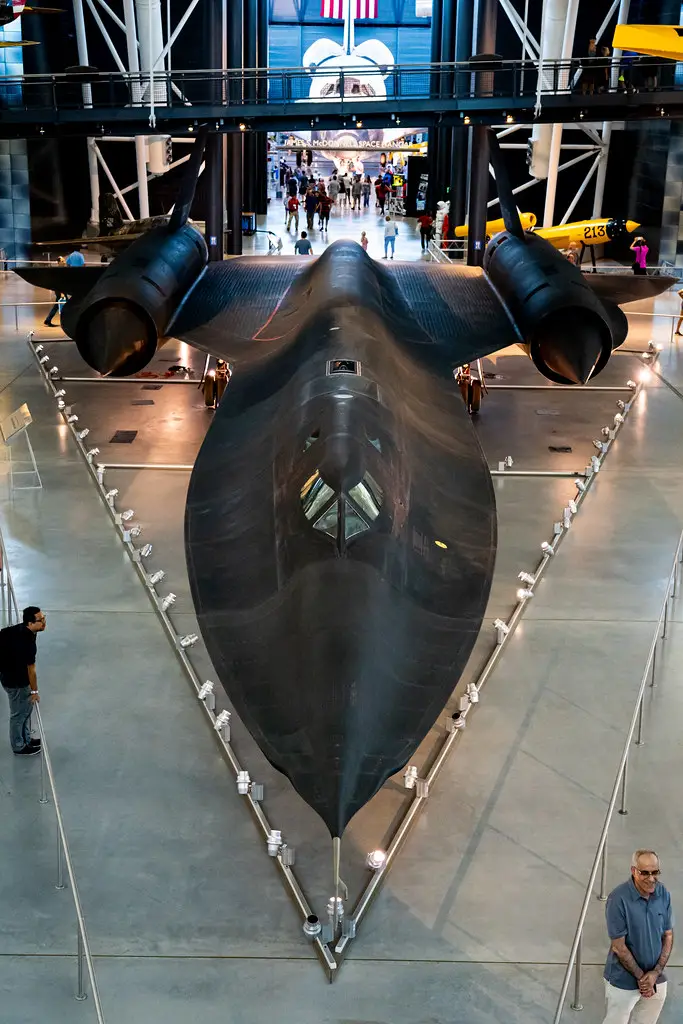
The Lockheed SR-71 Blackbird was a reconnaissance aircraft used by the US Air Force from 1964 to 1998. It could fly at up to 2,193 miles per hour (3,529 kilometers per hour), or roughly three times the speed of sound.
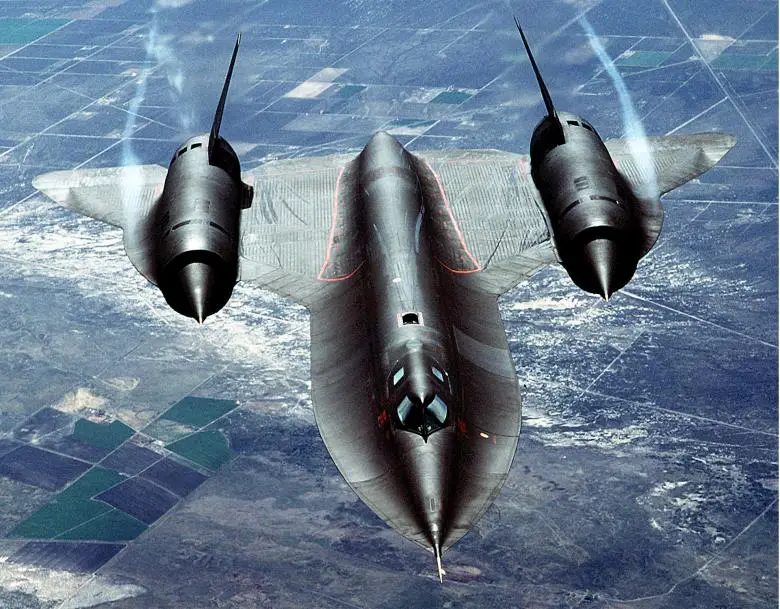
During the Cold War, the SR-71 was employed to gather intelligence by flying over hostile territory where it was difficult to identify and intercept.
Mikoyan-Gurevich MiG-25
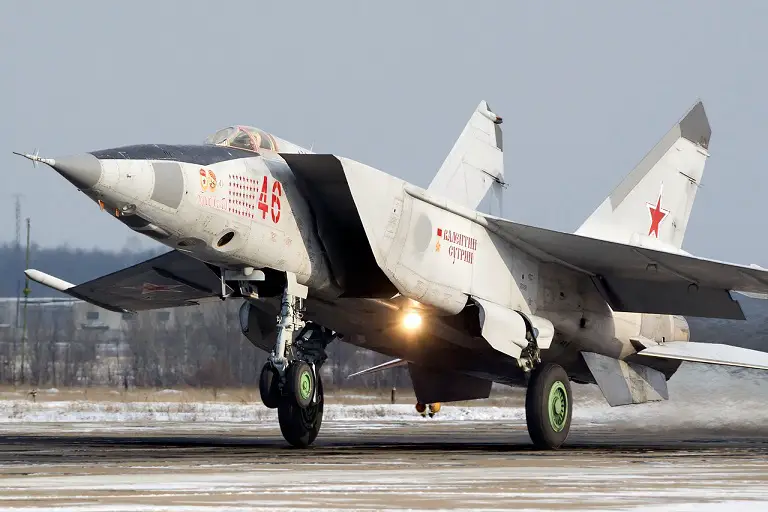
The Mikoyan-Gurevich MiG-25 is another fast jet. It is a Soviet-era interceptor aircraft meant to intercept and kill hostile aircraft at high altitudes and speeds.
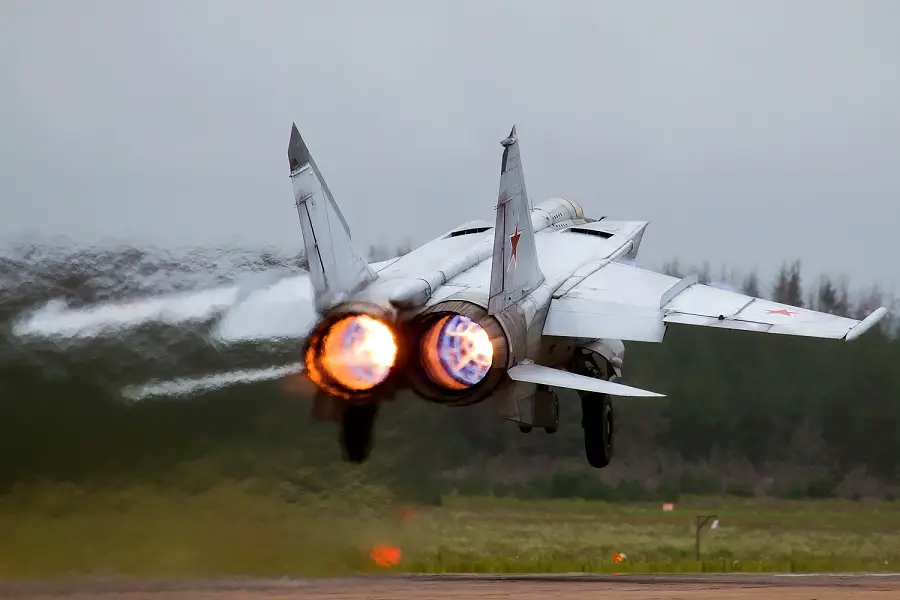
The MiG-25 was capable of reaching speeds of up to 1,980 miles per hour (3,190 kilometers per hour), or around three times the speed of sound. From 1970 until 1994, it served with the Soviet Air Force and is being used by several countries today.
The Advancements in Jet Technology
Since the X-15 and the SR-71, jet technology has advanced significantly. Currently, jets can travel at hypersonic speeds, which are defined as speeds greater than Mach 5.
These jets can travel faster than the speed of sound from New York to Los Angeles in less than an hour.
The sound barrier, often known as the sonic barrier, is the significant increase in aerodynamic drag and other undesirable effects that an airplane or other object experiences when it approaches the speed of sound.
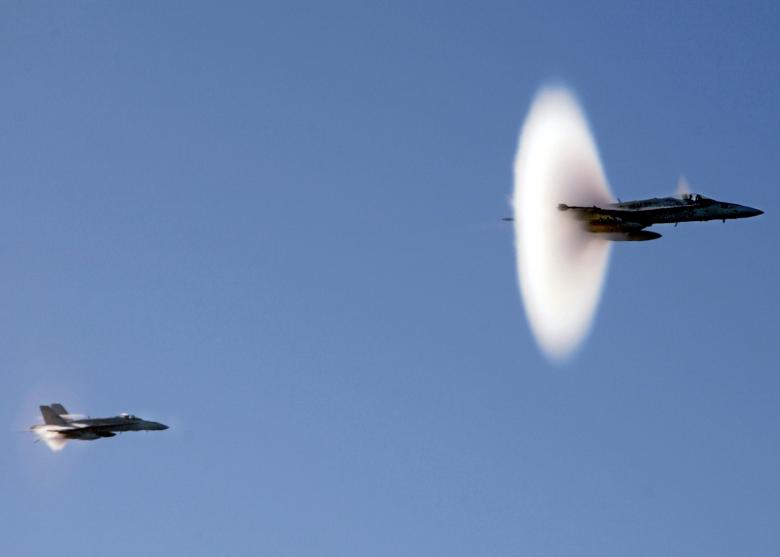
The speed at which you break the sound barrier is determined by a variety of factors, including weather and altitude. At sea level, it’s about 770 mph (1,239 kmh).
Lockheed Martin SR-72
The Lockheed Martin SR-72, which is currently in development, is one of these jets. The SR-72 Blackbird is a hypersonic reconnaissance aircraft intended to replace the SR-71 Blackbird.
It will be capable of reaching speeds of up to Mach 6, or around 4,567 miles per hour (7,346 kilometers per hour).
To achieve hypersonic speeds, the SR-72 will use a combined cycle engine that combines a supersonic combustion ramjet and a turbine engine.
Challenges of Hypersonic Flight
Hypersonic flight, which involves traveling at speeds greater than Mach 5, includes numerous difficulties that are not present in subsonic or supersonic flight.
Heat is one of the most significant challenges. The friction between the air and the aircraft generates large amounts of heat at hypersonic speeds. If not properly engineered, this might cause the aircraft to melt or disintegrate.
To address this issue, hypersonic aircraft are built using heat-resistant materials such as ceramics and carbon-carbon composites. These materials are lightweight but strong, and they can withstand high temperatures without losing structural integrity.
Another difficulty with hypersonic flying is control. At hypersonic speeds, even minor changes in angle of attack or position of control surfaces can cause the aircraft to become unstable.
Hypersonic aircraft use modern control systems and computer algorithms that can make rapid modifications to the aircraft’s position and attitude to maintain stability and control.
Overall, the obstacles of hypersonic flight are significant, but with advancements in technology and design, it is possible to overcome them and achieve the tremendous speeds that hypersonic flight affords.
